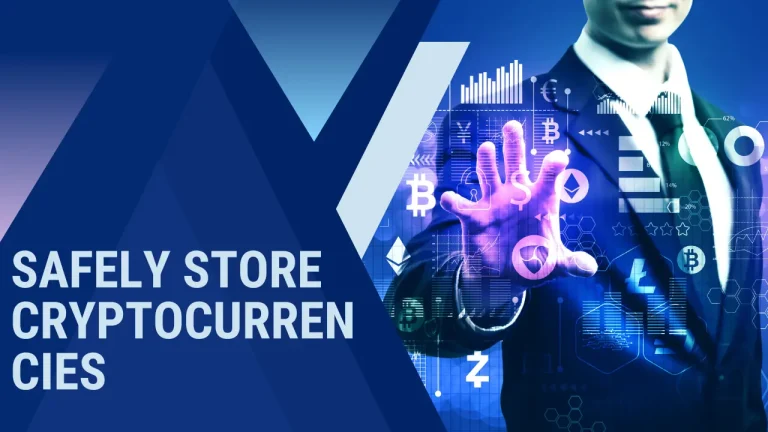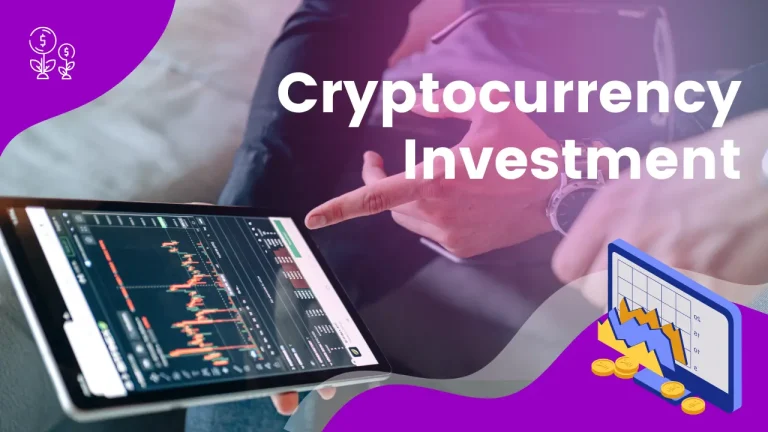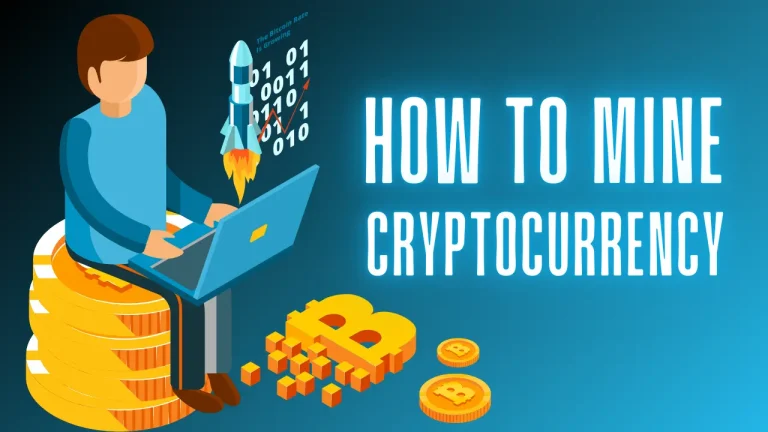Bitcoin mining is a crucial part of how Bitcoin operates. Without mining, the entire Bitcoin network wouldn’t function, and the cryptocurrency wouldn’t exist. But what exactly is Bitcoin mining? In this article, we will break down how Bitcoin mining works and why it’s so important for the Bitcoin network.
What is Bitcoin Mining?
Bitcoin mining is the process by which new Bitcoin is created and transactions are added to the Bitcoin blockchain. It involves solving complex mathematical puzzles, and the first miner to solve the puzzle gets to add a new block to the blockchain and is rewarded with newly created Bitcoin.
Mining serves two primary functions:
- Creating new Bitcoin: Miners are rewarded with Bitcoin for solving the puzzle and adding a block to the blockchain.
- Securing the network: Mining ensures the security and integrity of the Bitcoin network by verifying transactions.
How Does Bitcoin Mining Work?
Bitcoin mining uses a system called Proof of Work (PoW). Here’s how it works step by step:
1. Transaction Verification
Bitcoin transactions are sent from one user to another. When a person sends Bitcoin to someone else, the transaction gets added to a pool of unconfirmed transactions.
Miners take these unconfirmed transactions and start to work on verifying them. To do this, they need to confirm that the transaction is legitimate and follows the rules of the Bitcoin network (such as ensuring the sender has enough Bitcoin to complete the transaction).
2. Solving Complex Mathematical Problems
To verify and add these transactions to the blockchain, miners must solve complex mathematical puzzles. These puzzles are designed to be very difficult, so solving them requires significant computational power.
The mathematical puzzle miners solve is related to a process called hashing. Miners take the transaction data and apply a hashing algorithm (the SHA-256 algorithm in Bitcoin’s case) to generate a unique code, known as a hash.
The goal is to find a hash that meets a specific condition set by the Bitcoin network, which is determined by the difficulty level. The difficulty level adjusts approximately every two weeks to ensure that new blocks are added to the blockchain about every 10 minutes.
3. Adding the Block to the Blockchain
Once a miner solves the puzzle, they broadcast the solution (the valid hash) to the rest of the network. Other miners quickly check the solution, and if it’s correct, the miner gets to add the new block of verified transactions to the blockchain.
As a reward for their efforts, the miner receives a block reward, which is new Bitcoin. This reward is halved approximately every four years in an event called Bitcoin halving. The current block reward is 6.25 BTC (as of 2024), but this will decrease over time.
4. The Block Reward and Transaction Fees
In addition to earning new Bitcoin, miners also receive transaction fees from the users whose transactions are included in the new block. The more transactions a block contains, the higher the transaction fees.
Over time, as the block reward decreases, miners will rely more on transaction fees for their income. This transition is part of the long-term plan for Bitcoin, as the total supply of Bitcoin is capped at 21 million.
Why Does Bitcoin Mining Matter?
Bitcoin mining is important for several reasons:
1. Securing the Network
Bitcoin’s blockchain is decentralized, meaning there is no central authority verifying transactions. Miners play a vital role in maintaining security by verifying each transaction and ensuring that only legitimate transactions are added to the blockchain.
Since miners must solve complex puzzles to add new blocks, it would be extremely difficult for any single person or group to take over the network and manipulate transactions. This makes Bitcoin resistant to fraud and double-spending.
2. Decentralization and Trustlessness
Bitcoin operates without a central authority like a bank or government. Instead, miners decentralize the process of verifying transactions, allowing anyone to participate in securing the network.
This decentralization makes Bitcoin trustless, meaning that users don’t need to trust any central entity. Instead, they trust the network of miners to verify transactions honestly. This is one of the key benefits of Bitcoin: it’s transparent, decentralized, and open to anyone.
3. Issuing New Bitcoin
Bitcoin mining is how new Bitcoin enters circulation. The process of mining creates new coins and distributes them as rewards to miners. This controlled issuance of Bitcoin follows a predictable schedule and is one of the reasons why Bitcoin is considered to be deflationary. The supply of Bitcoin is fixed at 21 million, and this fixed supply is what sets Bitcoin apart from traditional fiat currencies, which can be printed endlessly by governments.
4. Providing Security Through Proof of Work
The Proof of Work (PoW) system ensures that miners must use real-world resources (computing power and electricity) to secure the network. This makes it expensive and difficult for bad actors to attack or take control of the network, as they would need to outpace the entire network of miners to succeed.
Challenges of Bitcoin Mining
While Bitcoin mining plays a crucial role in securing the network, it does come with its challenges:
1. Energy Consumption
Bitcoin mining requires significant computing power, which translates into high energy consumption. As more miners compete to solve puzzles, the difficulty of mining increases, and so does the energy required to mine.
This has led to concerns about Bitcoin’s environmental impact, especially in regions where electricity comes from non-renewable sources. Some people argue that Bitcoin mining contributes to climate change, though others point out that a growing number of miners are using renewable energy.
2. Hardware Costs
To mine Bitcoin profitably, miners need specialized hardware known as ASICs (Application-Specific Integrated Circuits). These devices are expensive and need regular upgrades to stay competitive. The high costs of mining hardware make it difficult for individuals to mine Bitcoin profitably on their own.
Many miners now form mining pools, where they combine their computing power to solve puzzles and share the rewards. However, even in a pool, the costs of mining can still be quite high.
The Future of Bitcoin Mining
As Bitcoin continues to grow in popularity, Bitcoin mining will likely evolve. With the ongoing development of Bitcoin 2.0 solutions like the Lightning Network, miners may have new ways to participate in securing the network and earning rewards. Additionally, as the total supply of Bitcoin approaches 21 million, miners will increasingly rely on transaction fees to sustain their operations.
Despite these challenges, Bitcoin mining remains a critical part of the Bitcoin ecosystem. It ensures that Bitcoin remains secure, decentralized, and trustworthy—key features that have helped make Bitcoin the world’s leading cryptocurrency.
Conclusion
Bitcoin mining is an essential part of how the Bitcoin network operates. It secures the network, verifies transactions, and issues new Bitcoin. While it requires significant energy and specialized hardware, mining ensures the decentralized nature of Bitcoin, which is one of its most important features. As the network grows and evolves, Bitcoin mining will continue to play a key role in shaping the future of the cryptocurrency.







